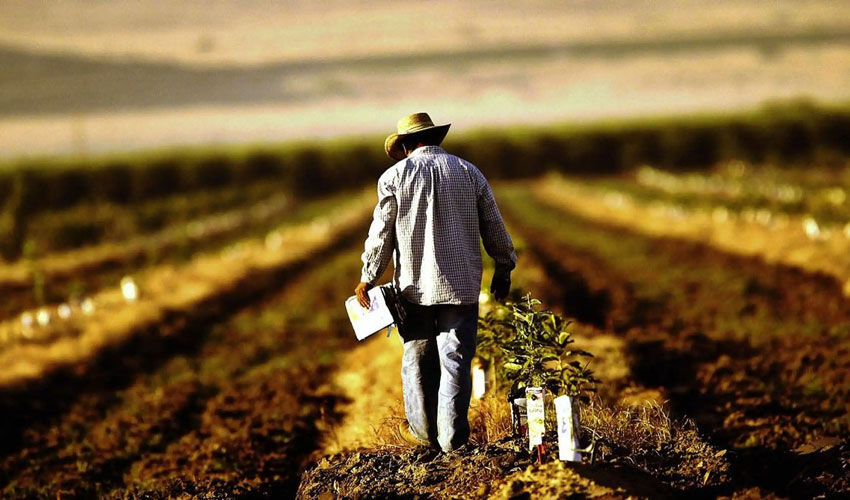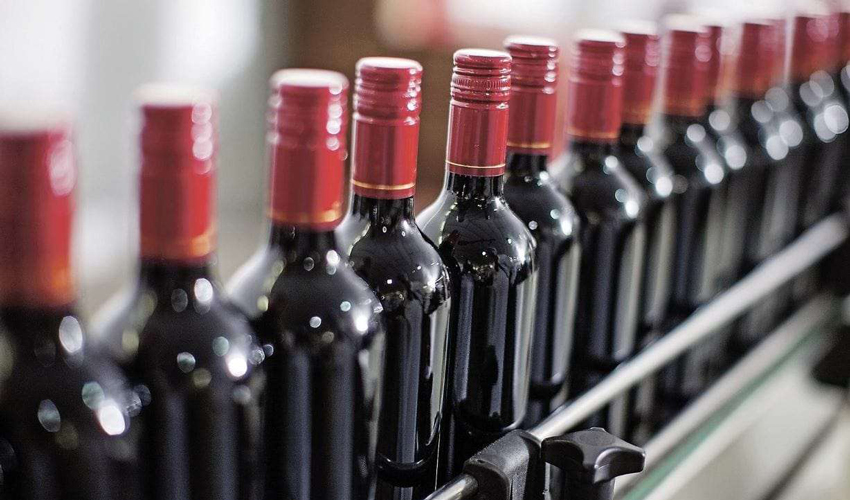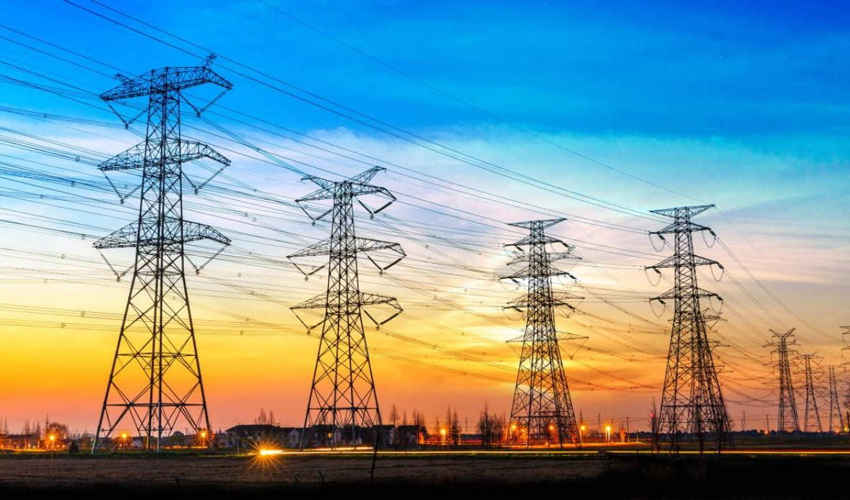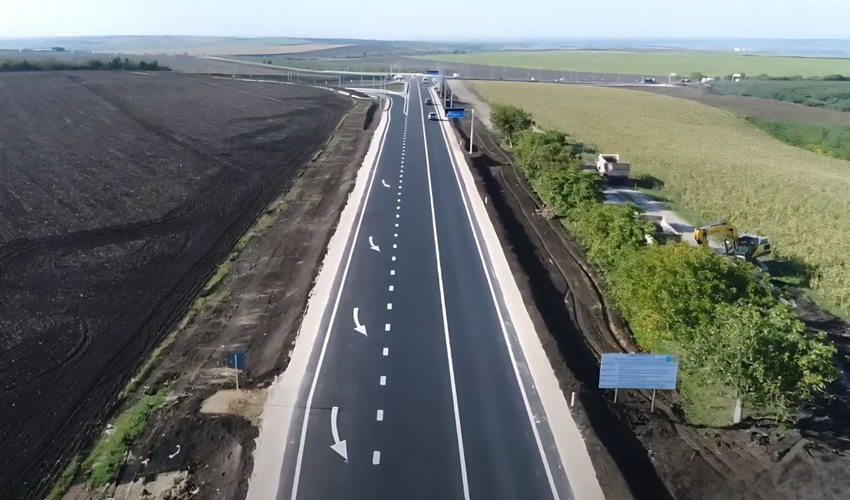
“Сasus belli” – the phrase thrown by Prime Minister Dorin Recean at a meeting of the Economic Council that “it does not matter whether about 1.7 million hectares of agricultural land in the country are cultivated by 1 or 3 thousand economic agents”. The loyal media supplied this statement with the prefix “allegedly” and the press service’s clarification. Here it is verbatim. “Prime Minister has always stated that he wants Moldovan farmers to be rich, to produce competitive products demanded all over the world and to develop successful businesses. The government is acting in this direction by providing subsidies, grants and modernization support. We also regularly finance many successful micro, small and medium-sized agribusinesses”.
Leaders of the Forța Fermierilor Association found these statements outrageous, clearly favoring agro-industrial holdings to the detriment of tens of thousands of small and medium-sized farms. They demanded a retraction.
Commenting on this awkward and somewhat curious situation in a conversation with Logos Press correspondent, former Deputy Prime Minister and well-known economist Alexander Muravsky noted that it is based on a fundamental dilemma. Namely – the European or American way of agricultural development, in the modern interpretation – farms or agroholdings. Today there are no historically different ways in “pure form”. But there are more or less objective stereotypes. For example, Ukrainian agriculture is mostly a story about agro-industrial holdings associated with the names of very rich Ukrainians or transnational corporations. And Polish agriculture is a modern version of the traditional “farm”: family farms, mostly small.
On the one hand, in agriculture of modern Moldova there is a clear bias towards grain specialization of the crop production sector. Grain and oilseed crops as a basis are grown by no less than 80% of all agricultural farms, regardless of their legal status and form of production organization. It is obvious that advanced agro-technologies in the field of crop production, as a rule, are designed for large-scale production, economically they are most effective in large farms – processing thousands of hectares. In addition, the grain and oilseed business is oriented towards export and deep processing, as well as livestock farming (mainly poultry and pork, which is also dominated by large and very large farms). From this point of view, statements along the lines of “we advocate for the welfare of a few thousand rich and competitive farmers cultivating one and a half million hectares” seem rational. And also relevant to the realities.
But on the other hand, due to the natural-climatic and landscape specifics, Moldova in the Soviet period was clearly divided into zones of specialized agricultural production: south and center – grain and grapes, north – technical crops and fruits, Transnistria – vegetable and other fruit growing on irrigated lands. Over the decades of the country’s independence, sectoral specialization in the regional cross-section has slightly blurred, but by no means disappeared. In Moldova, even today we have “apple”, “plum”, “grape”, “melon”, etc. regions. At the same time, in table viticulture a farm cultivating more than 5 hectares can be considered as a large-scale farm, and in fruit production – more than 20 hectares, etc. Perennial plantations on hundreds of hectares are generally very rare, isolated cases.
Meanwhile, fruits, berries, grapes and vegetables are production of products with high added value. And even in the context of the growing trend towards automation, horticulture is still an area of employment for tens of thousands of seasonal workers in “manual operations”, as well as many thousands of small and medium-sized farmers.
There is a third party in this whole story, which in Moldova has become a good thing to “irreversibly follow”. The EU authorities are currently developing new principles of the Common Agricultural Policy. One of them emerges quite clearly and, at the same time, has a solid background – continuity. It is about preserving the traditional rural way of life. Funding, technology, ecology and youth are tied to the process. “For example, at the current stage it would be economically advantageous for Sweden to abandon agriculture altogether, import food and invest in other highly profitable business areas,” notes Alexander Muravsky. – However, today’s subsidies to Swedish agriculture are a contribution to the traditional way of life, an integral part of the national culture”. It is also important that these values are close to the “conservative-sovereignists”, but are not disputed by the “liberal-globalists”.
In Moldova, alas, the theme of “farms vs. holdings” and “apples vs. IT” are stories about division: economic, social, political. And, in general, against those who raise these themes in an electoral sense.













